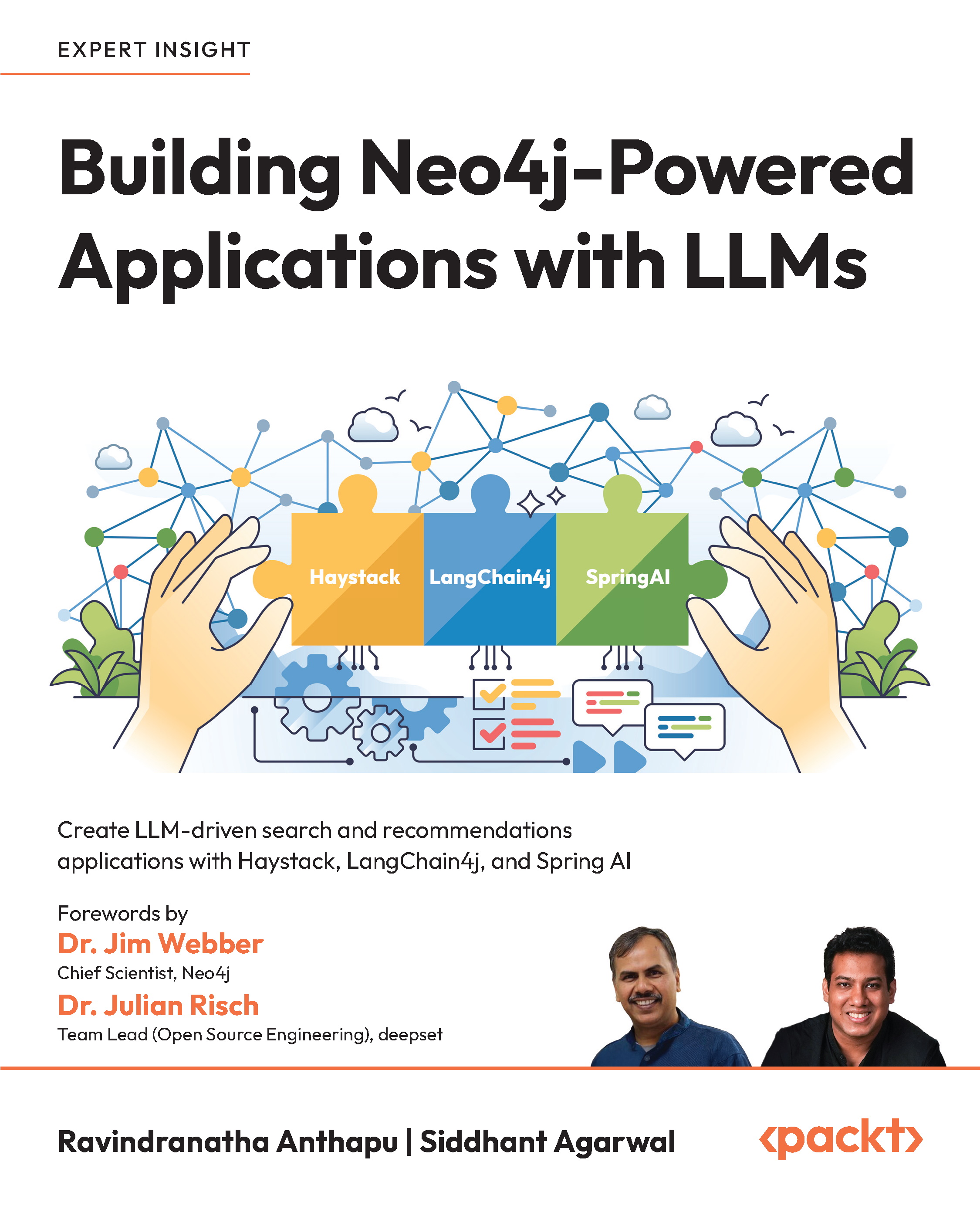Facebook has announced the open-source release of Sonar, their cross-platform debugging tool. Sonar is designed to aid developers, framework experts and engineers collaborate on the app development process. Sonar is built on Facebook’s Stetho, an Android debugging bridge built on Chrome's developer tools. Sonar further adds more extensible features to Stetho such as plugins to help engineers develop new features, investigate bugs and optimize apps.
Sonar is a cross-platform debugging tool. Hence developers can connect their mobile devices (Android and iOS or an emulator) to a desktop client for inspection. Sonar works as a guide and interpreter to a running app providing developers with stats on what an app is doing to better understand bugs and system capabilities.
Sonar is now available for the developer community at large, not just Facebook engineers, as an open-source software project via GitHub.
As Sonar was designed with extensibility in focus, it made use of a lot of external plugins. With the open sourcing of Sonar, these plugins are also being open-sourced. Some of these include:
- Logs, a plugin that shows device logs without the need for additional setup.
- Layout Inspector, a debugging platform that provides deep dives into user interface hierarchies and supports Litho and ComponentKit components.
- Network, a plugin that enables the inspection of network packets as they pass into and out of the app in question.
Unlock access to the largest independent learning library in Tech for FREE!
Get unlimited access to 7500+ expert-authored eBooks and video courses covering every tech area you can think of.
Renews at AU $19.99/month. Cancel anytime
Sonar architecture
Sonar’s architecture has two parts, a desktop client, and a mobile SDK. The desktop client is built on top of Electron, and Facebook's projects such as React.js, Flow, Metro, RSocket, and Yarn.
The mobile SDK is installed within the Android or iOS application and interacts with the desktop client. The mobile SDK makes use of Facebook open source projects such as Folly and RSocket.
Plugins are available for both Desktop client and Mobile SDK. Desktop client plugins render the UI and a mobile SDK plugin exposes the data. A React component extends the desktop plugin class. This React component is in charge of communicating with the mobile SDK plugin and rendering any data it delivers.
The mobile SDK plugin is developed in the language native to the platform on which it will run (Swift/Objective-C on iOS or Java/Kotlin on Android). It registers a set of handlers and defines responses for them.

Source: Facebook Blog
Emil Sjölander, Facebook software engineer hopes that “open-sourcing Sonar and the accompanying plugins will provide a useful tool for other engineers working on mobile applications.” He says that “As we've already seen Sonar prove useful internally at Facebook, we think Sonar's APIs will help other engineers build great new experiences to improve their workflows.”
You can read about the full release coverage on Facebook code blog.
Jest 23, Facebook’s popular framework for testing React applications is now released
Facebook’s F8 Conference – 5 key announcements
Testing Single Page Applications (SPAs) using Vue.js developer tools
 United States
United States
 Great Britain
Great Britain
 India
India
 Germany
Germany
 France
France
 Canada
Canada
 Russia
Russia
 Spain
Spain
 Brazil
Brazil
 Australia
Australia
 South Africa
South Africa
 Thailand
Thailand
 Ukraine
Ukraine
 Switzerland
Switzerland
 Slovakia
Slovakia
 Luxembourg
Luxembourg
 Hungary
Hungary
 Romania
Romania
 Denmark
Denmark
 Ireland
Ireland
 Estonia
Estonia
 Belgium
Belgium
 Italy
Italy
 Finland
Finland
 Cyprus
Cyprus
 Lithuania
Lithuania
 Latvia
Latvia
 Malta
Malta
 Netherlands
Netherlands
 Portugal
Portugal
 Slovenia
Slovenia
 Sweden
Sweden
 Argentina
Argentina
 Colombia
Colombia
 Ecuador
Ecuador
 Indonesia
Indonesia
 Mexico
Mexico
 New Zealand
New Zealand
 Norway
Norway
 South Korea
South Korea
 Taiwan
Taiwan
 Turkey
Turkey
 Czechia
Czechia
 Austria
Austria
 Greece
Greece
 Isle of Man
Isle of Man
 Bulgaria
Bulgaria
 Japan
Japan
 Philippines
Philippines
 Poland
Poland
 Singapore
Singapore
 Egypt
Egypt
 Chile
Chile
 Malaysia
Malaysia














